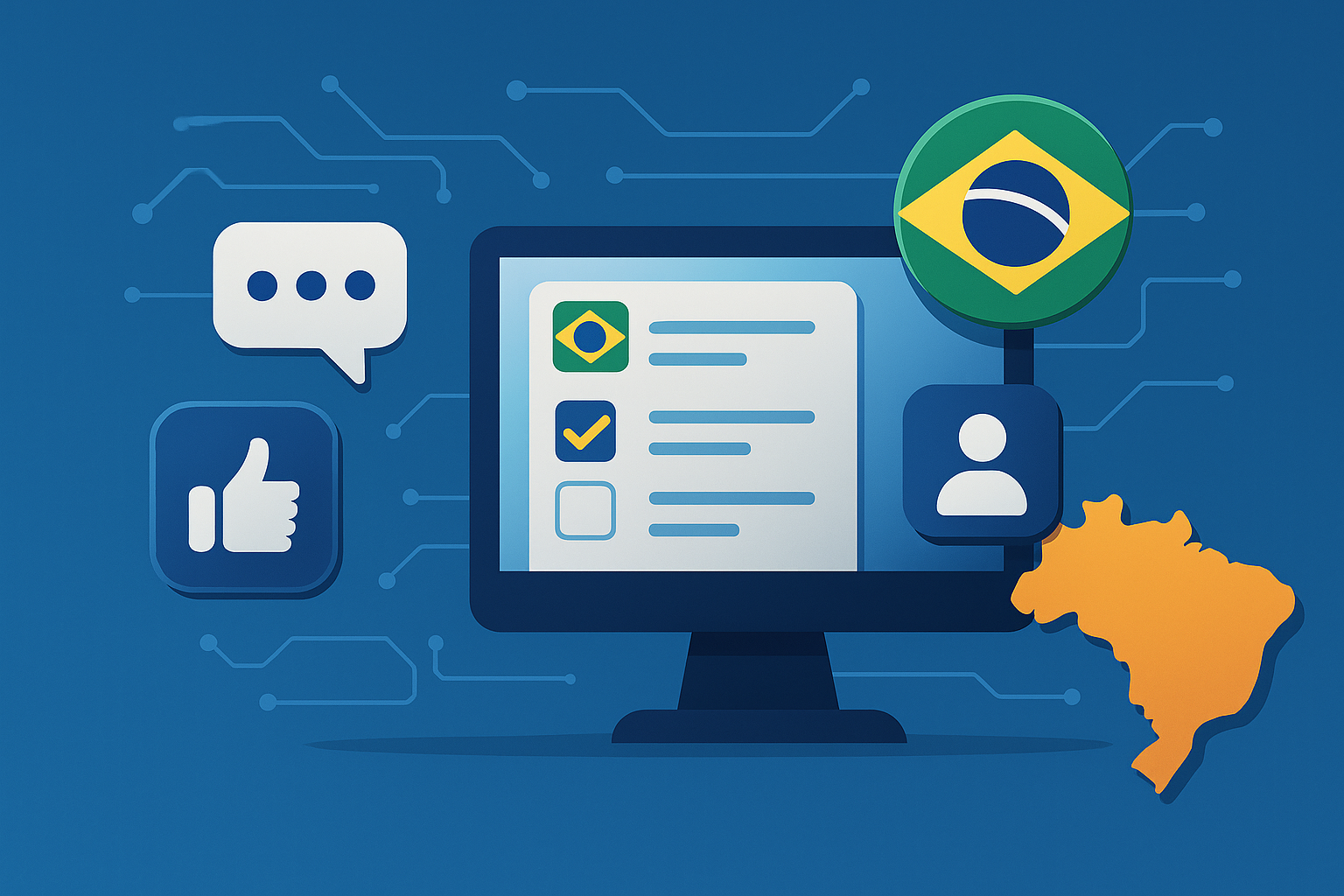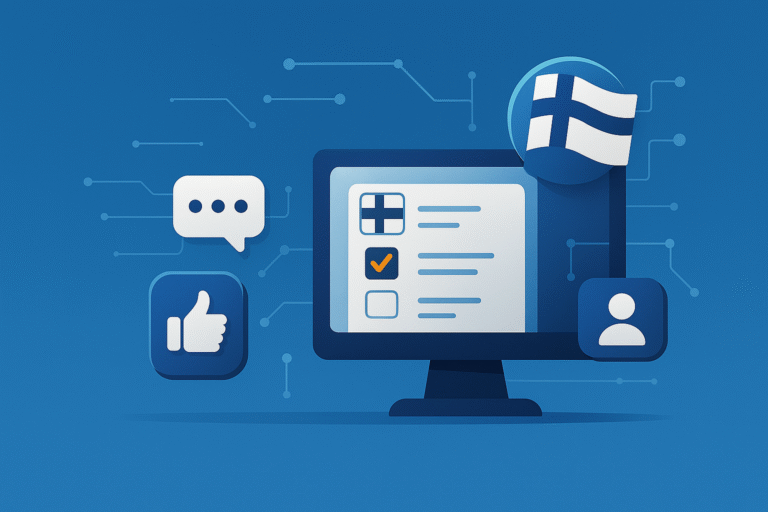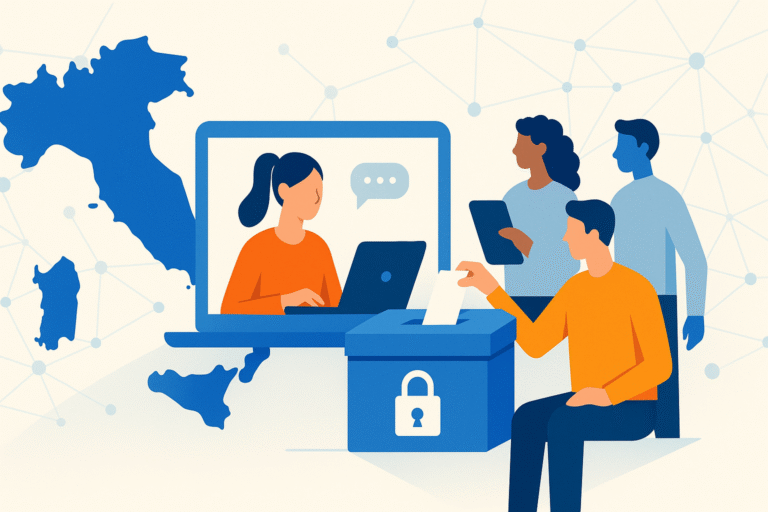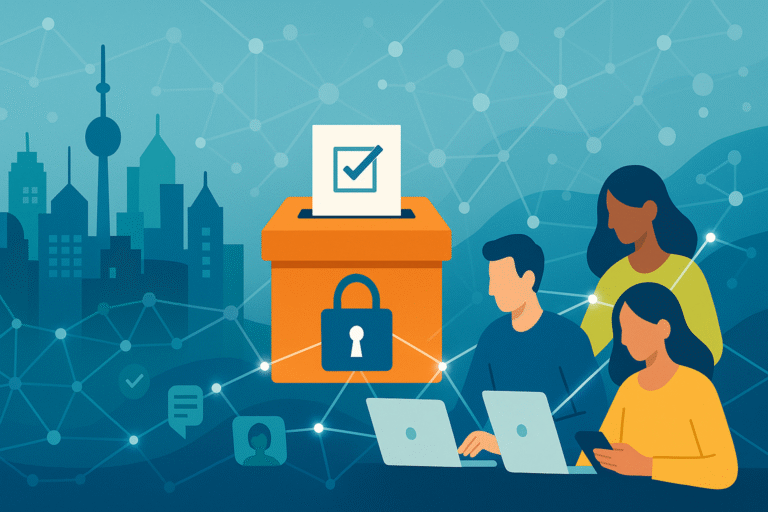
Digital democracy in Brazil: inclusion and challenges
Introduction
Brazil is often seen as a laboratory of democratic innovation. With over 200 million inhabitants and a context marked by deep social, cultural, and territorial inequalities, the South American country has experimented in recent decades with several tools of digital democracy.
From participatory budgeting processes to online platforms for public consultation, Brazil has sought to make participation more accessible, transparent, and inclusive. However, challenges related to inclusion, the digital divide, and trust in institutions remain significant.
A context of democratic innovation
Brazil has a long tradition of civic participation, particularly at the local level. As early as the 1990s, Porto Alegre became famous for its participatory budgeting, a model that later spread to many cities worldwide.
With the rise of digital technologies, these tools have found new online forms, allowing a broader range of citizens to contribute to decision-making. This shift from physical to digital has opened new possibilities but also new difficulties linked to access and security.
Digital democracy tools in Brazil
Among the most relevant tools adopted in recent years are:
- Plataforma Lattes: a digital system for managing academic and scientific careers, also serving as a tool for transparency and participation in research.
- Participa + Brasil: a federal government platform that facilitates collaboration between citizens, organizations, and institutions.
- Digital participatory budgeting: several Brazilian cities have adopted online versions of traditional participatory budgeting, enabling citizens to propose and vote on projects through web portals and mobile apps.
- Online public consultations: used to collect opinions on national policies, especially in education, environment, and civil rights.
Inclusion: a fundamental goal
One of the strengths of the Brazilian model is its focus on social inclusion.
In a country marked by stark inequalities, digital democracy is seen as a tool to:
- engage marginalized communities,
- reduce the distance between citizens and institutions,
- ensure greater transparency in public processes.
Local experiences show that, when designed inclusively, digital tools can broaden participation, particularly among youth and in urban areas.
Main challenges
Despite progress, Brazil still faces several critical issues:
- Digital divide: in rural areas and among the poorest groups, internet access is limited or absent.
- Digital skills: not all citizens have the same ability to use complex tools.
- Lack of trust in institutions: corruption scandals and administrative inefficiencies reduce enthusiasm for public platforms.
- Security and privacy: personal data protection remains sensitive, especially in the absence of uniform standards.
Comparison with Europe
Unlike European countries, where data protection (GDPR) is a central issue (GDPR and participatory processes: what to know), in Brazil the priorities are more focused on access and combating inequalities.
However, both experiences converge on one key point: without transparency and trust, participatory processes risk failing.
Local best practices
Some success stories demonstrate how digital democracy can work in Brazil:
- Porto Alegre continues to be an international reference, including digital experiments in participatory budgeting.
- In São Paulo, online consultations have helped improve public transport services.
- In several federal states, digital platforms have been used for co-designing education and environmental policies.
Digital democracy and Concorder
The Brazilian experience offers valuable lessons for projects like Concorder.
While in Europe the focus is mainly on data protection and transparency, in Brazil the emphasis on inclusion shows how technology can be a tool to reduce inequalities.
Concorder, with integrated features for security, moderation, and transparency, could also adapt to contexts marked by stark access disparities. Functions like automatic synthesis of contributions and multilingual support would be especially useful in complex, multicultural countries like Brazil.
Conclusion
Brazil represents a fascinating case of democratic experimentation. On one hand, digital tools have broadened opportunities for participation; on the other, significant challenges remain regarding access, trust, and security.
Studying Brazil’s experience shows that digital democracy is not a one-size-fits-all model but must adapt to different social and economic contexts.
For communities and institutions aiming to promote participation, Brazil offers a key lesson: technology is valuable only when designed to include, listen, and build trust.


